Indian vs Pakistani Small Arms. Part 2: AKs and Other Weapons

In Part 1 of this article, I compared the main service rifles of India and Pakistan, INSAS and G3. However, both armies are using a far more exciting array of weapons, some of which I tested while I worked in each of those countries.
The AKs in India and Pakistan
India is using various AK rifles manufactured before the collapse of the Warsaw Pact: Romanian, East German and Hungarian. Hungarian guns, manufactured by FEG, were procured in the 80s to equip the units of the Indian Peacekeeping Force in Sri Lanka.
Other AKs used by the Indian forces have a more interesting story - many of those rifles were captured from rebels and later officially issued to the Indian units. According to my sources within one major Indian infantry training center, generally, those AKs, despite old age, work extremely well.
In recent years, India has also procured tens of thousands of AKs from the Bulgarian Arsenal factory. They’re especially popular with the CRPF (The Central Reserve Police Force), a federal armed police agency that has over 300,000 officers.
There is also the Ghaatak, a locally made AK rifle. Even though I’ve been at the factory in Ishapur where this rifle is made and visited the assembly line, I still know almost nothing about it.
After 2020, India procured a certain number of AK-203 rifles from Russia and bought a license to produce those weapons, opening a factory in the city of Amethi.
Pakistani people have the entire culture surrounding Kalashnikov weapons. Many houses have various AKs, and if you visit the right type of market, you will find an incredible selection of Kalashnikovs.
However, if we look at the AKs issued to the Pakistani paramilitary units, those are primarily Type 56-2, which are not the best quality AKs out there. In 2017, I saw documents where the Chinese company quoted a price of $120 for one gun, and I wonder how much quality you get for that price.
5.56 rifles of India and Pakistan
The most famous special unit in Pakistan, the SSG (Special Service Group), is using US-made M4 rifles and Austrian AUG rifles. SSG's mission is quite unique - the unit is responsible for covert action behind enemy lines, hostage rescue, and dignitary protection, all at once.
Various Indian special units are utilizing Tavor rifles from Israel, NSG “Black cats” use SIG 550 series, and the unit responsible for the personal protection of the prime minister is armed with Belgian-made F2000.
But compared to the number of INSAS rifles, all those guns are just a drop in the bucket.
A few years ago, the Indian army procured almost 140,000 SIG 716 rifles from the US. Can 140,000 make a difference in a war? In any other conflict, I would say yes, but considering the scale of potential conflict between India and Pakistan, this number doesn’t seem significant
Machine Guns
Pakistan produces the German MG3 chambered in 7.62x51, India manufactures the Belgian FN MAG, which is better known in the US as M240.
If you think one is better than the other - please let me know in the comments. I think they are both very capable platforms.
Small arms manufacturing capacity
Both countries have a significant military-industrial complex, which is capable of producing small arms without foreign assistance. Indian state-owned firearms manufacturers are more spread out around the country, compared to Pakistan.
So technically, Pakistan's defense factories are slightly more vulnerable. However, Pakistan has an ace in the sleeve – dozens of private firearms manufacturers. Previously, on TFB, I wrote about my visit to a district in the city of Peshawar that is housing dozens of small gun factories.
While now those factories are mostly manufacturing pistols and rifles for the civilian market, in case of war, they can potentially become defense contractors and manufacture parts for big government plants.
So, who has the advantage in terms of small arms, India or Pakistan?
I think both countries have the capability to supply their armies as long as it takes with most types of firearms, as well as ammunition. Prolonged war will destroy the economy, but both countries have a military-industrial complex that can likely survive a small-scale nuclear war.
The only real difference in terms of small arms would be the confidence level of soldiers using INSAS vs soldiers using G3. And confidence means a lot. Use of AKs by India will partially compensate for that issue, but INSAS still remains the main service rifle.
INSAS issues, real and imaginary, were highlighted in the Indian media many times. Historically, once a weapon system acquires this “scapegoat” status, it is very hard to get rid of it. Examples of M16 and SA80 show that it can take decades to fix reputational problems.
So now, the Indian army will either follow the American and British approach, upgrading their main service rifle, or will replace it altogether. Unless, of course, politicians of both sides will destroy their countries in a senseless war.

Vladimir Onokoy is a small arms subject matter expert and firearms instructor. Over the years he worked in 20 different countries as a security contractor, armorer, firearms industry sales representative, product manager, and consultant. His articles were published in the Recoil magazine, Small Arms Review, Small Arms Defence Journal, Overt Defense and Silah Report. He also contributed chapters to books from the "Vickers Guide: Kalashnikov" series. Email: machaksilver at gmail dot com Instagram: https://www.instagram.com/vladonokoy/ YouTube: https://www.youtube.com/user/machaksilver
More by Vladimir Onokoy









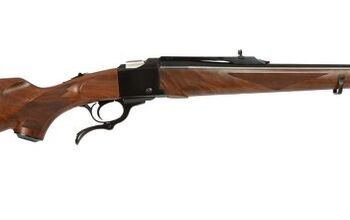
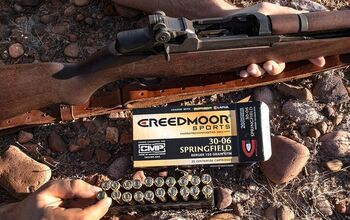
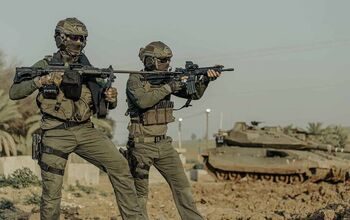
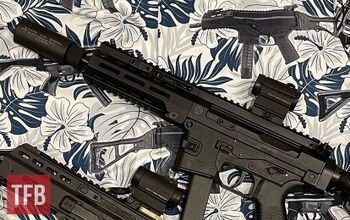
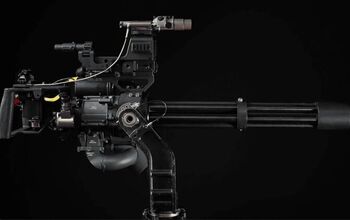




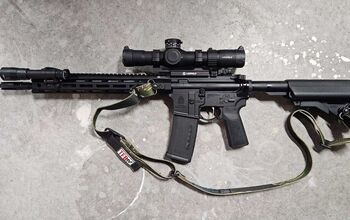
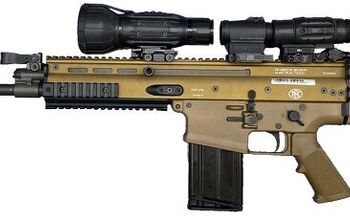
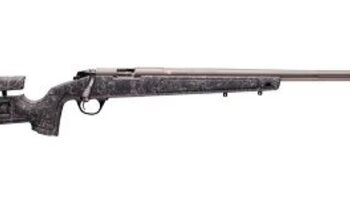
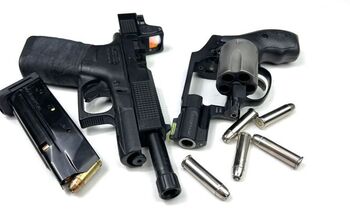

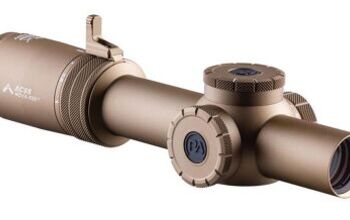



Comments
Join the conversation
I'm Indian with no hands on experience with the INSAS but I hear bad things about it all the time. You're right that the AKs India has issued are superior to Pakistan.
I don't understand why the government didn't just get AK 308s since they are already used to the AK platform
The insas was a disaster and needs to be abandoned. There is no shame in using another country's rifle as your main weapon. Especially a Russian weapon, they make great weapons. If it wasn't for politics many military/le users in the West would be using Russian weapons
So whatever happened to the Bw21 and Bw20 rifles of Pakistan?